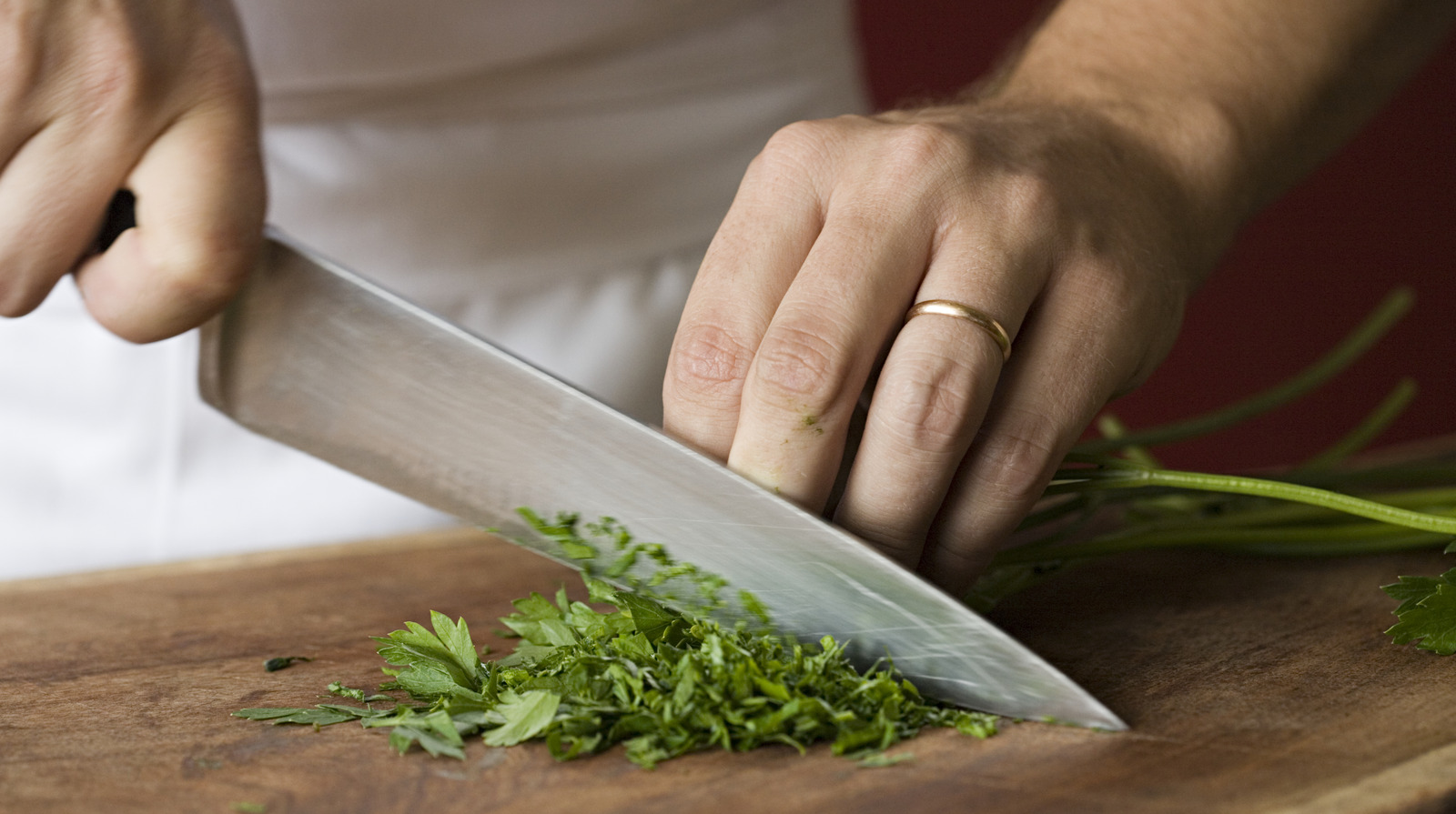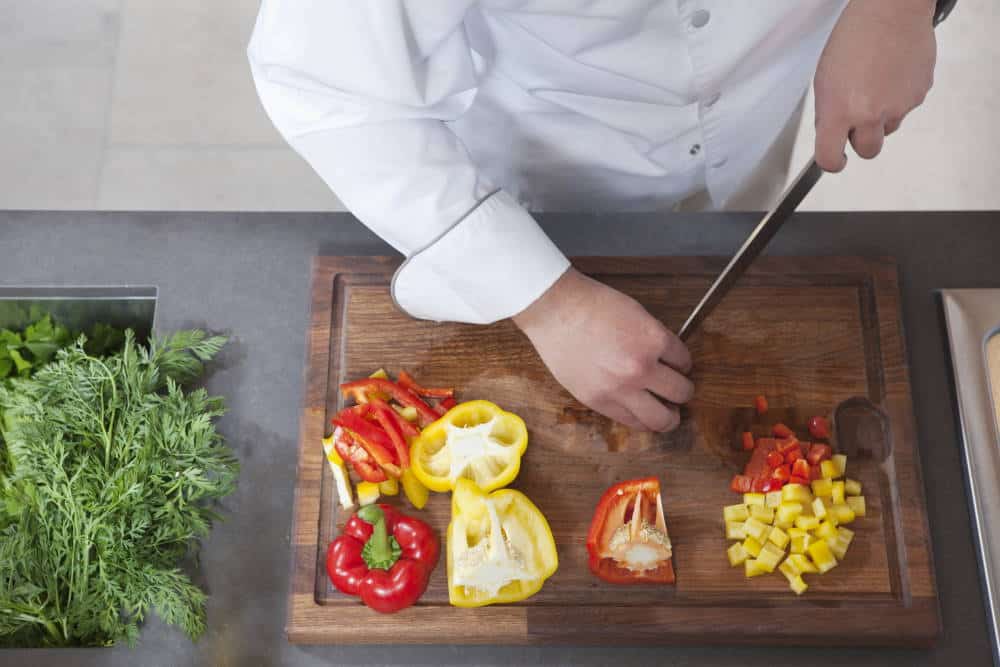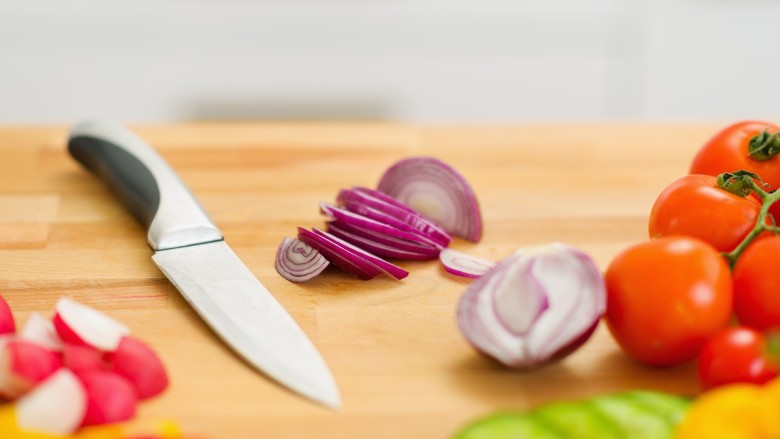When you purchase a brand-new cutting board made of wood, one of the first tasks youll encounter is conditioning it to ensure long-term durability and optimal functionality in your kitchen. But the question is: how many coats of mineral oil on new cutting board will keep it in perfect condition?
For kitchen professionals and home chefs who rely heavily on their tools, getting this process right isnt just a minor detail. A cutting board is one of the most used yet often overlooked tools in your arsenal. Proper care not only ensures that your board lasts but also keeps it safe from bacteria, warping, and cracking.

What Makes Mineral Oil Ideal for Cutting Boards?
Mineral oil is a widely recommended care product for wooden cutting boards due to its penetrating and hydrating properties. Its food-safe nature ensures that your board remains non-toxic, even when in constant contact with food.
Additionally, mineral oil prevents wood from drying out, which can lead to cracks and splits that eventually ruin the board. Its easy application and affordability make it an obvious choice for chefs and professionals alike.
Understanding the Basics of Mineral Oil Application
Before you start applying mineral oil to your new cutting board, knowing how it works is crucial. Mineral oil fills the pores of your cutting board, creating a protective barrier against moisture and bacteria. This also makes cleaning your board much easier in the long run.
Dont forget: Not all oils are suitable for this process. Oils like vegetable or olive oil will eventually turn rancid, leaving an unpleasant smell on your board. Stick to food-grade mineral oil for the best results.
How Many Coats of Mineral Oil Are Needed for a New Cutting Board?
For a brand-new cutting board, the rule of thumb is to apply multiple coats of mineral oil to achieve proper seasoning. Heres the step-by-step method that works perfectly for kitchen professionals:
- Initial Treatment: Start with at least 3-4 coats of mineral oil. New boards can be thirsty, absorbing oil more quickly than seasoned ones.
- Drying Time: Allow each coat to dry completely before applying the next. This often takes 1224 hours per coat, depending on the woods absorption rate.
- Final Coat: Rub on one last generous coat and let it sit overnight. Wipe off any excess oil in the morning.
This treatment ensures that your cutting board has a sufficient barrier against water and stains, especially during its initial phase of usage.
How to Apply Mineral Oil Properly
For professionals who need their equipment in top form, heres a quick guide to applying mineral oil:
- Clean the Board: Wash your cutting board with warm soapy water and let it dry completely.
- Apply the First Coat: Use a clean cloth or soft sponge to gently apply mineral oil onto the surface, making sure every inch is covered.
- Soak and Wipe: Let the board absorb the oil for about 12 hours, then wipe off the excess with a dry cloth.
- Repeat: Apply 3 to 4 additional coats, following the same process.
Pro Tip: After the initial conditioning process, apply one coat of oil every 24 weeks to keep your cutting board in stellar condition.
Common Mistakes to Avoid
The process of oiling a cutting board may seem simple, but there are common mistakes that even professionals sometimes make:
- Using the Wrong Oil: Never use oils like vegetable or canola oil as they can go rancid.
- Skipping Proper Cleaning: Always clean and dry your board before application to avoid trapping bacteria.
- Using Too Much Oil: Over-oiling can result in an unnecessarily greasy surface. A little goes a long way.
- Not Applying Enough Coats: Dont skimp; multiple coats are essential for a new board.
Why Conditioning Your Board Matters
Seasoning with mineral oil isnt just about aesthetics. Proper conditioning reduces the risk of deep cuts on the board, helps maintain its structural integrity, and minimizes the growth of bacteria. This step is especially crucial in professional kitchens, where cutting boards deal with frequent and heavy use.
The Science Behind Mineral Oil and Wood
The properties of food-grade mineral oil allow it to penetrate deeply into the woods fibers, balancing its moisture levels. This prevents the board from drying out or warping when exposed to water during cleaning.
If youre interested in more tips on maintaining wooden cutting boards, check out this detailed guide.
Additional Tips for Long-lasting Cutting Boards
- Alternate mineral oil applications with food-safe beeswax or a butcher block conditioner for added protection.
- Always use separate boards for raw meat and vegetables to avoid cross-contamination.
- Store your cutting board in a dry, cool place away from direct sunlight to maintain its integrity.
- Avoid soaking your board in water for long periods.
Recommended Internal Resources
Need more expert advice? Explore these helpful guides:
FAQ
1. How often should I reapply mineral oil?
After the initial seasoning, apply one coat of mineral oil every 24 weeks, or whenever the board starts to look dry.
2. Can I use any oil on my cutting board?
No, stick to food-safe and non-rancid oils like food-grade mineral oil or specialized cutting board oil. Avoid household cooking oils.
3. How do I know when my cutting board needs oiling?
If your board appears dry or water no longer beads on the surface, its time to reapply mineral oil.

Conclusion
Understanding how many coats of mineral oil on new cutting board is essential for its maintenance, especially in professional kitchen settings. By properly seasoning and caring for your tools, youre not just prolonging their lifespanyoure also ensuring hygiene and efficiency in your daily operations. With the right techniques, a well-maintained board can last you for years.
For more professional insights, visit this practical guide to keep your kitchen tools in top condition.
This article contains affiliate links. We may earn a commission at no extra cost to you.






Leave a comment
This site is protected by hCaptcha and the hCaptcha Privacy Policy and Terms of Service apply.